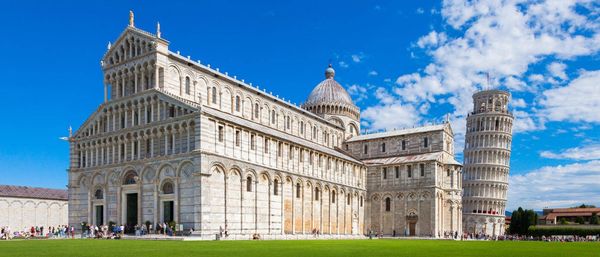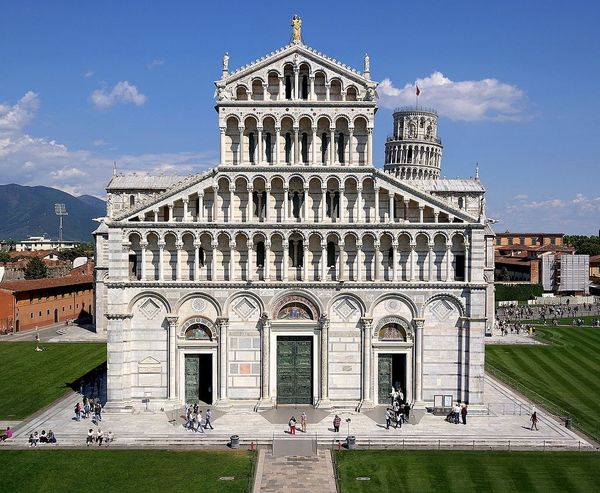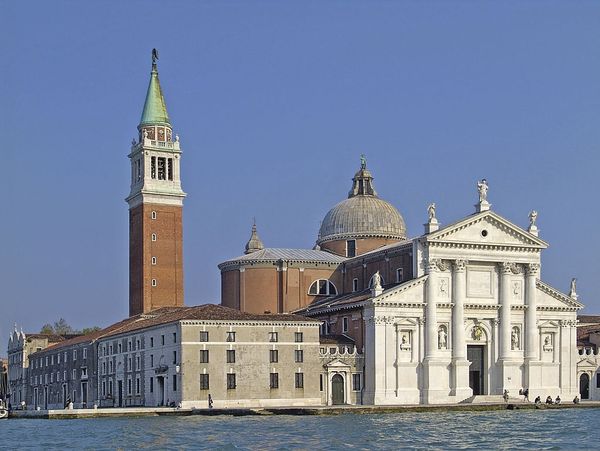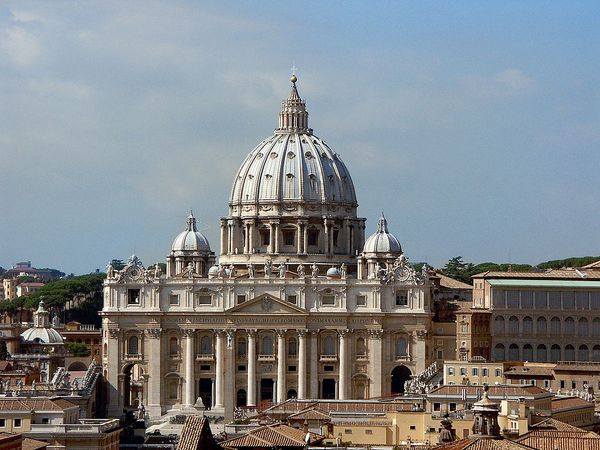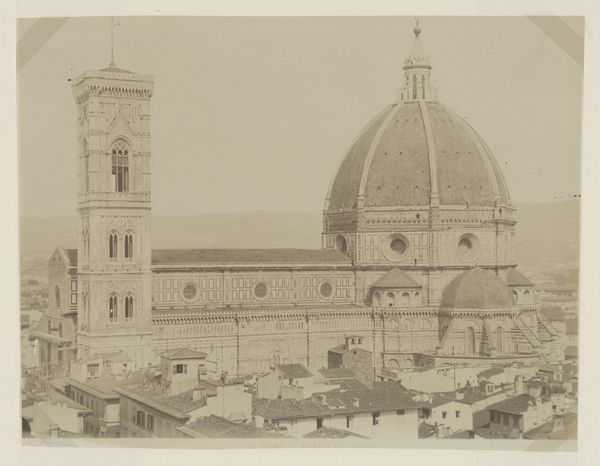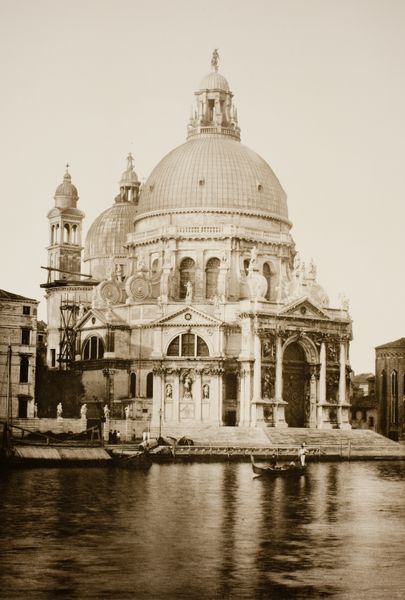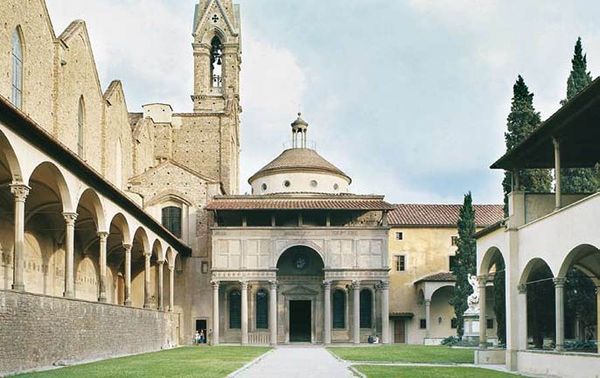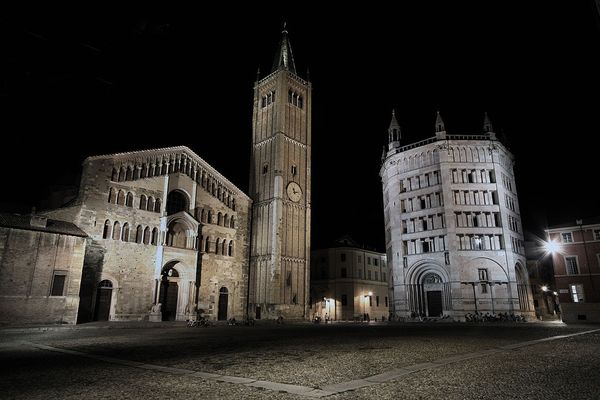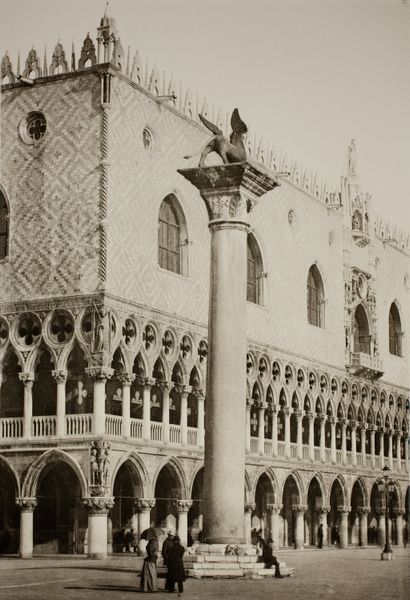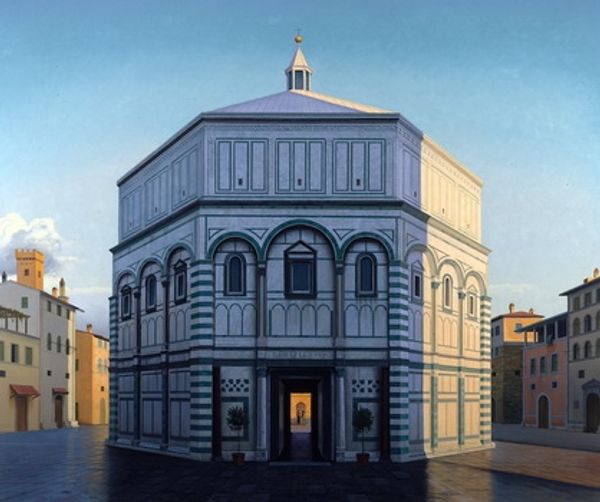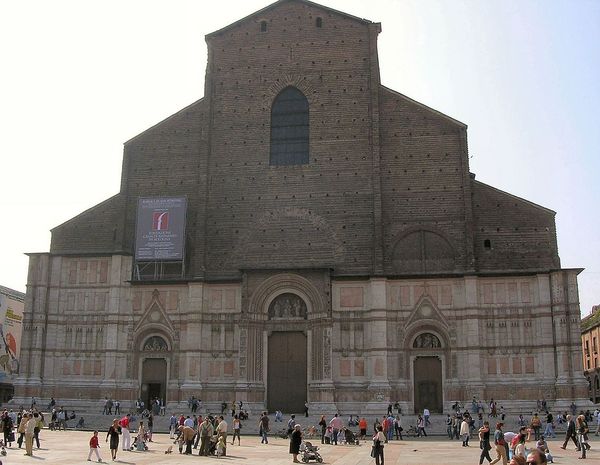
public-art, architecture
#
public art
#
public-art
#
romanesque
#
geometric
#
italian-renaissance
#
architecture
Copyright: Public domain
Florence: the city of culture, known as the birthplace of the Renaissance. But how was this identity engrained into the very fabric of the city? 🌆 Construction began on Florence Cathedral, the Cathedral of Santa Maria del Fiore, in 1296. By 1418, however, the building was still incomplete and lacked a roof! In a bid to identify an architect who could accomplish the task, the city held a competition to select who would build a magnificent dome to crown the structure. 👑 The winner was none other than Filippo Brunelleschi (1377-1446). Brunelleschi was to become the key figure in the architectural design of the Italian Renaissance – today, he’s often called the first modern engineer! He set about planning and designing the dome almost immediately, eventually completing it in 1436. Brunelleschi faced an almost impossible task when he came to constructing his famous dome. He was forbidden against using flying buttresses (arched structures which support a roof by helping to bear its weight). This was because flying buttresses were a hallmark of the Gothic style, developed by Florence’s enemies in Northern Europe. But how could Brunelleschi build such a huge dome without using them? 🤔 As well as inventing state-of-the-art hoisting machines, the architect designed a revolutionary structure to support his magnificent octagonal dome. It consisted of two separate shells, forming an inner and outer structure. The inner dome provided structural security, while the outer dome allowed for a decorative exterior. It’s the largest brick dome in the world, made up of over four million separate bricks covered in terracotta tiles. 🧱 The Cathedral, with its grand dome, is an enduring symbol of Florence and the Renaissance more broadly. It speaks to the ambitions and innovations of this period of rapid social and cultural change. 🏛️ Editor: Lucy Jude Grantham
Comments
No comments
Be the first to comment and join the conversation on the ultimate creative platform.
